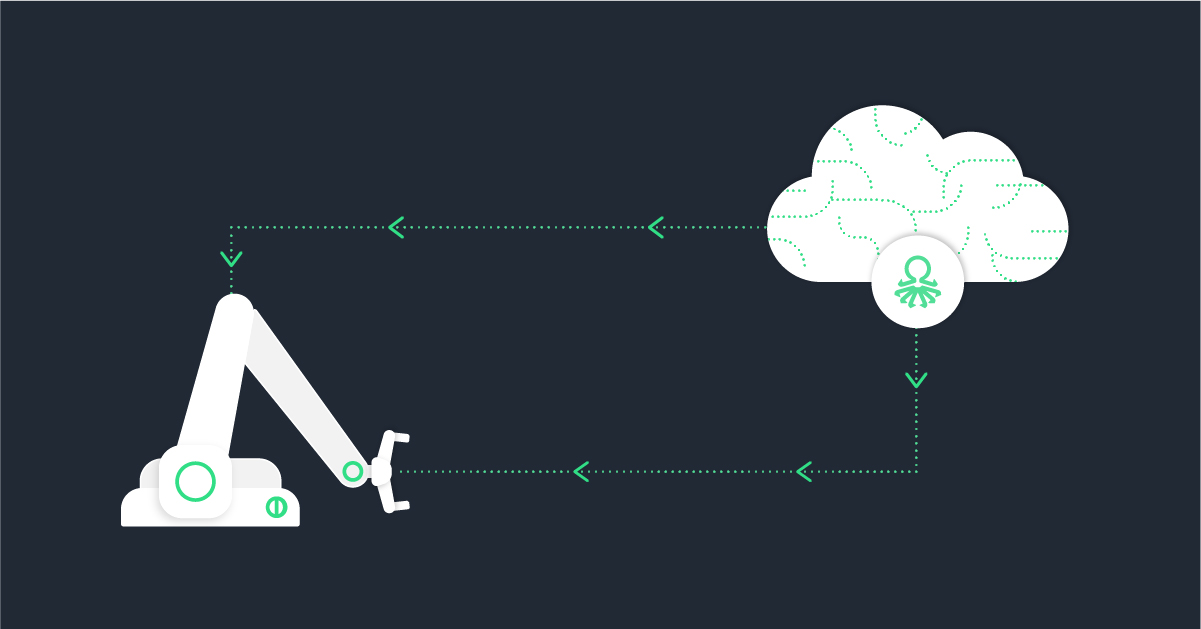The term “quality control” (QC) shows up in a variety of industries, from software design to food safety. It’s incredibly impactful in electronics manufacturing as well, where mistakes are easy to make and costly to fix.
What is quality control, and why is it important? What are some quality control methods to achieve it?
You may be wondering what steps you need to follow for a proper quality control program in your manufacturing plant. Let’s answer these questions now.
Why Should You Care About Quality Control?
Electronic quality control is an integral part of the production line. This top-level priority dictates the quality of factory output. QC matters because:
- It largely determines the operational lifespan of your products. Companies want to know how long their products will remain functional to the end-user so that they may offer protection in the form of warranties. It can be costly if the products fail before they are expected to in this case. Quality control ensures that the customer continues to use the product for as long as it’s guaranteed to last.
- It prevents costly product failures. Remember when Samsung suffered issues with its Galaxy Note 7 smartphone and its exploding batteries? The significant loss in consumer trust and brand reputation emphasized the need for improved quality control methods in the company.
- It is often mandatory according to government regulations. Industries like medical and automotive often have stringent requirements for quality control, as someone’s life may depend on the product output.
For the sake of both your brand’s reputation and your clients, never skimp on quality control during the manufacturing process. Let’s get into some methods for QC.
What Are Some Methods of Quality Control in Production?
Quality control can apply to any part of the manufacturing, including the component selection, the data processing, and the process optimization.
Components
Electronics depend on circuit boards, which themselves are made up of tiny components. Potential issues you may face include selecting the right components and accurately attaching them to the appropriate boards.
In terms of procurement, you want to ensure you still have a steady supply during times of supplier shortage. There’s also the need to avoid counterfeit parts. Management responds to these risks by verifying the availability of components beforehand and only choosing reputable suppliers.
Data
The assembly of equipment relies heavily on precise data. Data is necessary for executing risk analyses and tracking down errors in the production line. This data must be traceable throughout the organization, and some industries even have regulations for it.
If no other standard is specified, the electronics industry often recommends the ISO 9001 Quality Management Systems standard.
Processes
Standards can also include performance classifications, such as IPC-6011 Generic Performance Specification for Printed Boards. This code classifies electronic products into 3 classes, each specifying a certain limit on the number of errors in the production.
Other useful standards are J-STD-001 (Requirements for Soldered Electrical and Electronic Assemblies) and IPC 610-A (Acceptability of Electronic Assemblies), which offer guidelines for the assembly process.
Steps Toward a Quality Control Initiative
Quality control in electronics manufacturing is clearly an important part of any assembly line. Your business’s quality assurance plan must include the following critical processes.
Risk Management
By reducing the instance of setbacks, you can minimize losses in electronics manufacturing. Risk management also involves delivering on time and meeting deadlines properly. This way, your company is able to reduce liabilities and resolve issues before they can impact the rest of the process.
Certified Engineers
The success of quality control initiatives relies on the staff that work for it. Hiring experienced engineers with the right skills and knowledge is a vital step.
Keep in mind that some engineers work for multiple companies. For instance, an engineer may perform quality assurance on PCBs for one business and handle a different task for another.
Certifications
While more of an added bonus rather than an essential step, quality certifications can fill the gaps that most quality control practices overlook. Certifications aim to address equipment quality and the skills of the workers.
These can be a boost for branding, as it raises the reputation of the manufacturer. Clients will likely be impressed too since it acts much like a service guarantee.
IPC Inspections
The IPC, a trade association designed to standardize electronics manufacturing, acts as the initial line of QA for many organizations. This official group defines the acceptance quality level (AQL) of an electronic component and rejects parts that produce too many defective units.
There are 3 main classes involved that determine how reliable a part is. Class 1 is mainly for general items like remote controls, whereas Class 3 is reserved for heavy duty products that are meant to last. Class 2 can be thought of as an intermediary.
First Article Approval
A common practice is the First Article Approval, where the plant builds a batch of products and puts the first unit off the production line through a stringent QC process. If the test passes, then the entire batch continues to mass production.
While First Article Approval is not the end of the story, it does jumpstart production and lead the way for other QC-related tasks.
Traceability
Finally, having a traceability system in place helps make sure products come out safe and reliable, especially when you order components from overseas or rely heavily on human-operated activities.
Predictive Analytics: The Solution For Electronic Quality Control
Automation has found its way into many aspects of modern business, and electronics manufacturing is no exception.
Electronics manufacturing software is now available to automate many steps of the process, ensuring full visibility into the quality control aspects of any production line.
Are you interested in seeing what electronics manufacturing software can do for your business? Book a discovery call with Vanti today to get started.





